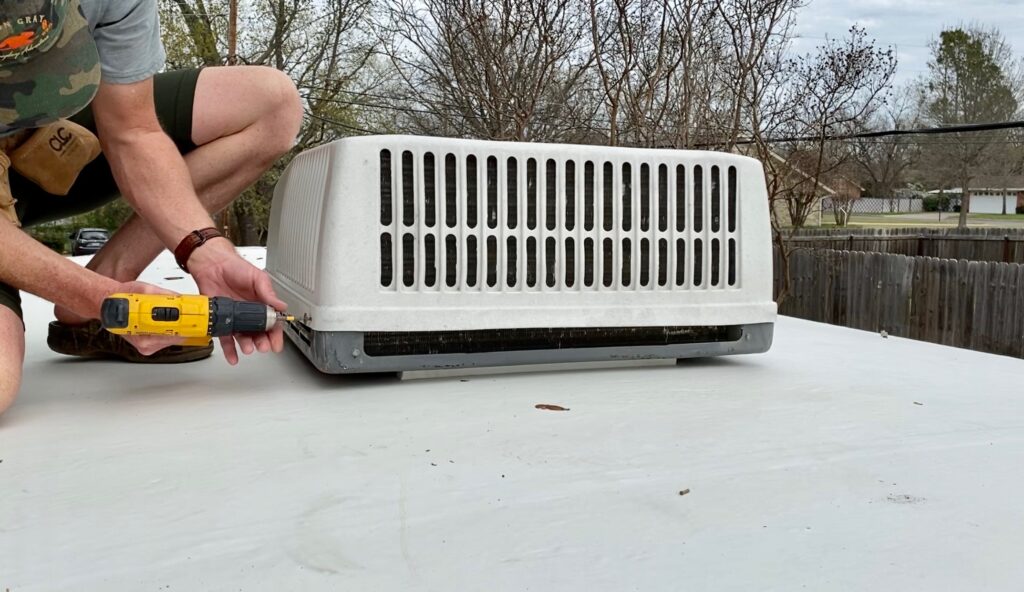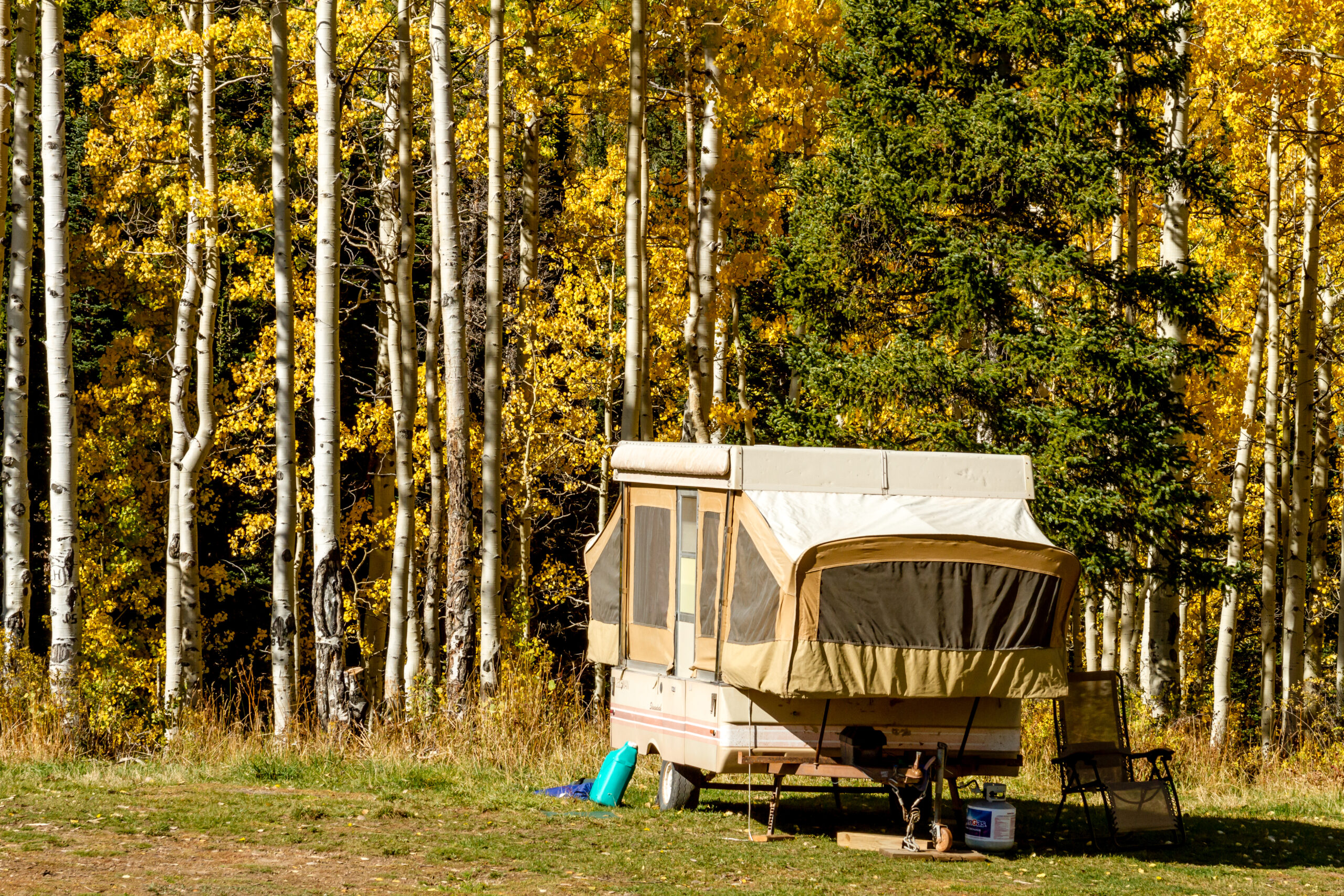Recreational vehicles, or RVs, have become increasingly popular for road trips, weekend adventures, and full-time living. With such a wide range of uses, it’s critical to understand how long these vehicles are designed to last before experiencing major issues or becoming unreliable. The lifespan of RVs varies based on factors like maintenance, usage, and the quality of materials used in their construction.
On average, RVs are designed to last between 10 to 20 years, with some high-quality brands even exceeding this range. However, that doesn’t mean they won’t need occasional replacements or repairs. Many RVs can smoothly run for about 200,000 miles before encountering more significant issues. Factors like regular maintenance, proper care, and the RV’s specific model can have a considerable impact on the durability and longevity of these vehicles.
From Class A motorhomes to smaller Class B campervans, each type of RV may exhibit slightly different lifespans due to their unique features and construction methods. Ultimately, understanding how long RVs are designed to last can help potential buyers make informed decisions and better prepare for the long-term care and enjoyment of their recreational vehicles.
Factors Affecting RV Lifespan
Construction Material
One of the primary factors affecting the lifespan of an RV is the construction material used. Higher-quality materials often result in a longer-lasting vehicle. For example, RVs that have aluminum frames are more likely to withstand wear and tear compared to those with wooden frames. The use of composite materials can also help extend the life of an RV, as they are more resistant to moisture and rot.
Maintenance and Care
Proper maintenance and care play a crucial role in determining how long an RV lasts. Regularly maintaining an RV’s engine can extend its lifespan up to 200,000 miles or more, while neglected engines may need replacement after only 50,000 miles. Periodic inspections, timely repairs, and keeping the vehicle clean are other practices that can prevent premature deterioration and prolong its life.
Usage
The frequency and manner in which an RV is used also significantly impacts its lifespan. Continuous use of the vehicle, especially for long periods or for strenuous journeys, can shorten its life. On the other hand, occasional usage can enable an RV to last longer, with the average lifespan ranging from 10 to 20 years. Monitoring the odometer can help gauge when the RV might be nearing the end of its useful life.
Storage
Proper storage of an RV when not in use is another important factor in preserving its longevity. RVs that are exposed to harsh weather conditions, humidity, and temperature fluctuations can experience accelerated degradation. As such, it is advisable to store an RV in a covered or indoor space to protect it from the elements. Furthermore, taking steps to winterize the vehicle can ensure its systems and components remain in optimal condition, ultimately extending the overall lifespan of the RV.
Average Lifespan of Different RV Types
When considering the purchase of an RV, it’s important to understand the average lifespan of different types of recreational vehicles. The following sections outline the general longevity expectations for various RV classes and types.
Class A Motorhomes

Class A motorhomes are large, luxurious vehicles that provide plenty of amenities and room for travelers. These motorhomes are built on a heavy-duty chassis and can last for around 20 years or 200,000 miles, whichever comes first, with proper maintenance and care. Some well-cared-for units can even surpass this lifespan.
Class B Motorhomes
Often known as camper vans, Class B motorhomes are smaller and more fuel-efficient than their larger counterparts. These vehicles are built on a van chassis, which typically means they have a shorter lifespan than the large Class A motorhomes. However, with regular maintenance and proper care, a Class B motorhome can still last for about 10 to 20 years.
Class C Motorhomes
Class C motorhomes offer a balance between the size and luxury of Class A and the economy of Class B. These vehicles are built on a truck chassis, providing more durability compared to the van chassis of Class B. The average lifespan of a Class C motorhome is also around 20 years or 200,000 miles, similar to their Class A counterparts.
Travel Trailers
Travel trailers are towable RVs that come in various sizes and designs. They are generally lighter than motorhomes, making them more fuel-efficient and easier to tow. The average lifespan for travel trailers can range between 10 to 20 years, depending on the quality of construction and regular maintenance.
Fifth-Wheel Trailers
Fifth-wheel trailers are similar to travel trailers in terms of construction and lifespan, but they have a unique hitch system that increases stability while towing. These trailers can also last between 10 to 20 years with proper care and maintenance.
Pop-Up Campers

Pop-up campers, also known as tent trailers, are lightweight and compact towable RVs. Their simplicity and lighter materials contribute to a shorter lifespan, which typically ranges from 10 to 15 years. Regular maintenance and proper storage can help extend the life of a pop-up camper.
In conclusion, the average lifespan of RV types varies depending on factors like construction, usage, and maintenance. Understanding these differences is essential in making an informed decision when purchasing an RV for your travel needs.
Five Signs Your RV Has Reached Its Lifespan
Damaged Frame
One of the first indicators that an RV has reached its lifespan is a damaged frame. This can include cracks or bends in the frame’s structure, which are usually not repairable. Structural frame issues may pose a safety risk and impact vehicle performance. Furthermore, a weakened frame can lead to more extensive damage throughout the vehicle.
Severe Water Damage
Another indication of an RV reaching its lifespan is severe water damage. Continuous exposure to water and moisture can cause damage to the vehicle’s walls, flooring, and insulation. If left untreated, water damage can lead to mold growth and wood rot, both of which can be expensive to repair and put your health at risk. In some cases, the extent of the water damage might make the RV unsalvageable.
Persistent Roof Leaks
Persistent roof leaks are another telling sign of an RV nearing the end of its life. If not addressed promptly, roof leaks can lead to more serious issues like water damage and mold. Repairing a leaky roof can be time-consuming and expensive, especially if there are multiple leaks. Noticing multiple or reoccurring roof leaks may suggest it’s time to consider replacing the RV.
Outdated Appliances
Old and outdated appliances may also signify that an RV has reached its lifespan. This includes HVAC systems, refrigerators, and water heaters, which typically have a lifespan of 3-5 years or even up to 10 years for heavy-duty appliances. As these appliances age, they may become less efficient or cease to function altogether, necessitating expensive repairs or replacements.
Excessive Rust and Corrosion
Lastly, excessive rust and corrosion can be a clear sign an RV has reached its lifespan. These issues may not only affect the undercarriage but can also be found in electrical systems and interior components. Excessive rust can weaken the structural integrity of the RV, posing safety concerns. In such cases, corrosion can be quite difficult to address, and replacement may be the best option.
Extending Your RV’s Lifespan
To ensure your RV lasts as long as possible, there are several steps you can take. By focusing on regular inspections, proper maintenance, roof care, preventing corrosion, and following winter storage tips, you can extend the life of your RV and keep it in good condition for years to come.
Regular Inspections
Performing regular inspections is crucial in catching any issues with your RV early on. Check for signs of wear and tear, inspect the seals and seams, and examine the tires for any damage. The earlier you catch any potential problems, the easier and more cost-effective it will be to address them.
Proper Maintenance
Keeping up with routine maintenance tasks is essential for the longevity of your RV. Schedule regular oil changes, flush the water system, check the batteries, and replace the air filters as needed. By staying on top of these tasks, you can prevent more significant issues from arising later on. Additionally, consult your RV’s owner’s manual for specific maintenance recommendations based on your vehicle’s make and model.
Roof Care

Taking care of your RV’s roof is crucial, as it protects the entire vehicle from the elements. Inspect the roof for cracks, punctures, and leaks, and address any issues you find promptly. It’s important to maintain the exterior by cleaning and sealing the roof according to the manufacturer’s recommendations.
Prevent Corrosion
To prevent corrosion and rust on your RV’s frame and exterior components, make sure to keep the vehicle clean and dry. After each trip, thoroughly wash the RV to remove dirt, road salt, and other debris. Inspecting and addressing any areas where corrosion may be beginning can prevent long-term damage and help maintain the vehicle’s structural integrity.
Winter Storage Tips
Properly storing your RV during winter is essential to extend its life. Some tips for winter storage include:
- Winterizing the water system to prevent freezing and bursting pipes
- Removing the batteries and storing them in a cool, dry place
- Covering the RV with a breathable material to protect it from moisture, snow, and UV rays
- Elevating the vehicle on blocks to reduce stress on the tires and suspension
By following these steps and regularly attending to your RV’s needs, you can help ensure your vehicle lasts as long as it is designed to last and provides you with many enjoyable trips for years to come.
Conclusion
In summary, RVs are designed to last for a variable duration, depending largely on their class, construction quality, and the maintenance they receive. On average, RVs can have a lifespan of 10 to 20 years, with some even surpassing this range if properly maintained. Class A motorhomes often last around 200,000 miles, while Class B motorhomes, built on cargo van chassis, can exceed 200,000 miles or 20 years with good care.
It is crucial to consider that proper maintenance and care play a significant role in an RV’s lifespan. This includes regular updates and replacements of various parts such as generators, awnings, and weather seals. Moreover, travel trailers have their own lifespan range, generally lasting between 12 to 15 years, with some even reaching two decades or more.
While the longevity of an RV varies, owners can implement certain practices to maximize their motorhomes and trailers’ lifespans. These strategies include:
- Conducting regular maintenance, including timely repairs and part replacements
- Properly storing the RV during off-seasons to protect against harsh weather conditions
- Cleaning and inspecting the RV regularly to prevent mold, mildew, and damage
- Observing weight limits and avoiding overloading the vehicle
- Investing in high-quality, durable components and accessories
With diligent care, attention, and maintenance, RV owners can extend the life of their motorhomes and trailers, ensuring that they enjoy their recreational vehicles for many years to come.






